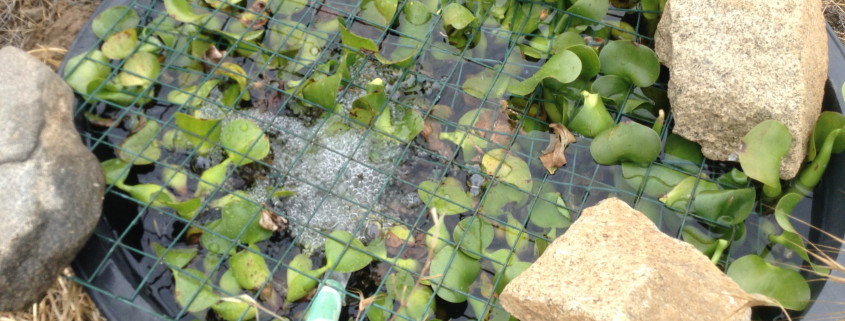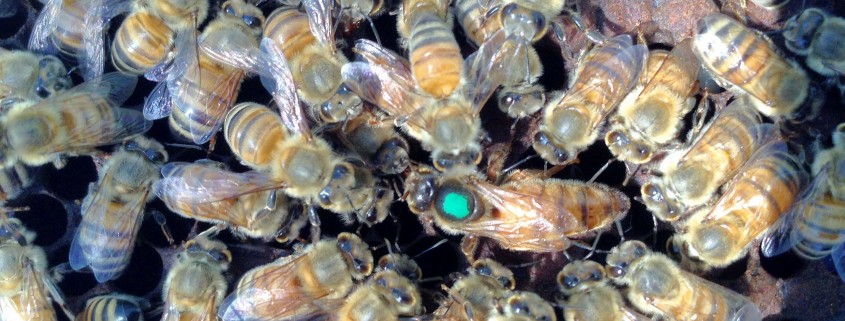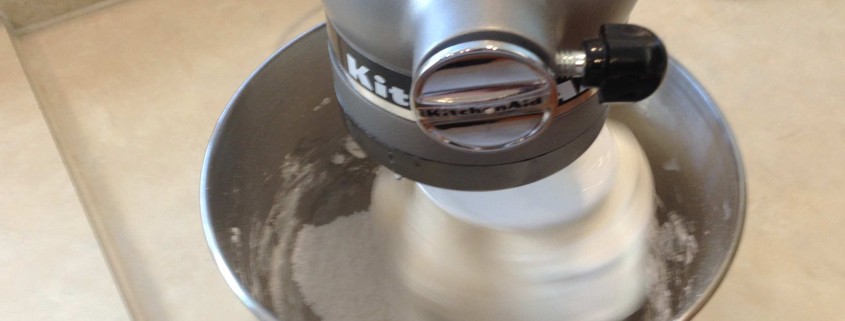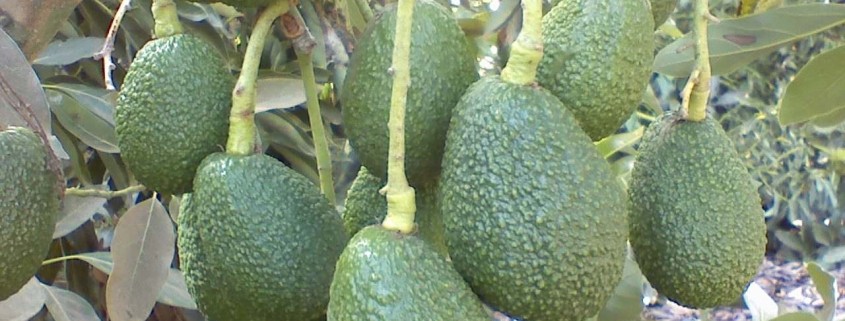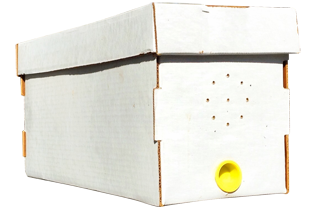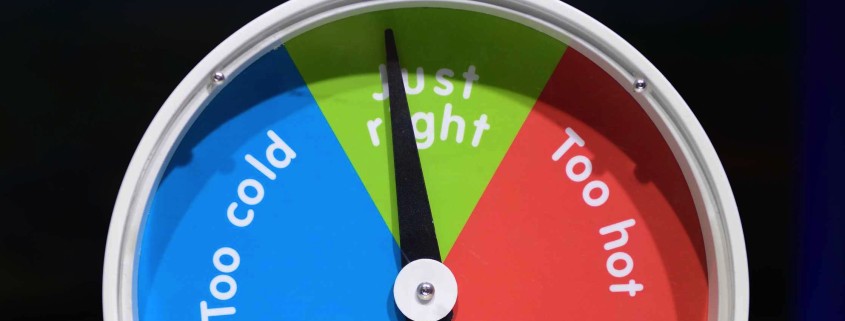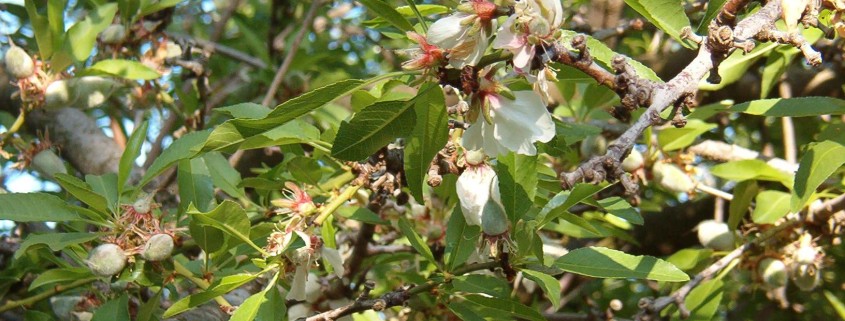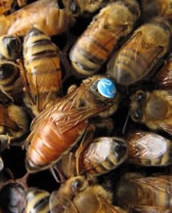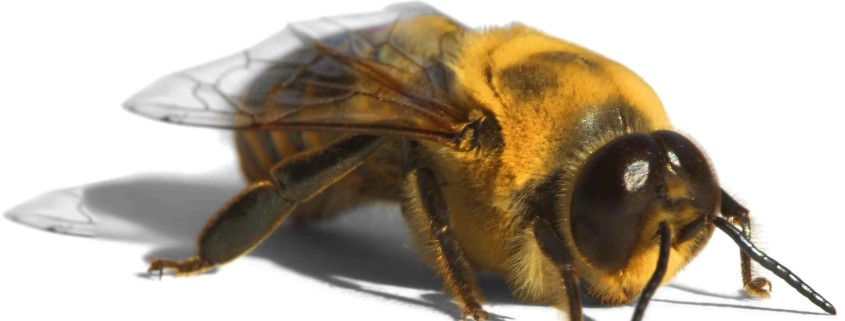Providing Water For Bees
When beekeepers get in trouble with their neighbors, more often than not it is due to water issues. Honeybees need water, especially during hot and dry weather. If the bees can’t find water close to their hives, they seek it out at the neighbor’s house, sometimes on the side of a swimming pool or hot tub, and sometimes in a pet’s water bowl. A birdbath may become filled with bees. Worse is when a neighbor finds his child’s “kiddie pool” crawling with honeybees. If a child gets accidentally stung – look out! When this happens, a beekeeper typically loses his or her ability to keep bees at home – and probably rightly so.
A responsible beekeeper always provides water for the bees. Bees are constantly foraging for water. The bees use water for hive cooling, for thinning the nectar that they feed to larva, as well as to keep the humidity inside the hive at sufficient levels during dry weather. Bees consume tremendous quantities of water on hot days. A single beehive can consume over a quart of water in a day. At Wildflower Meadows, we have seen our apiary of queen bee building colonies and drone rearing colonies consume over 70 gallons of water per week, for several consecutive weeks in a row.
The best way to provide water for bees is to create a honeybee water garden. This does not have to be anything especially fancy, although it certainly can be a work of art if you enjoy being creative. The basic honeybee water garden begins with either an animal watering trough or a small garden pond. Once you have filled the pond with water, you need to provide the honeybees with something to land on so that they do not drown. Some beekeepers use a sheet of artificial lawn turf. At Wildflower Meadows, however, we prefer the more natural approach. We use water plants, such as water hyacinth. Water plants not only provide footing for the bees, but they naturally filter the water and keep the pond water clean.

